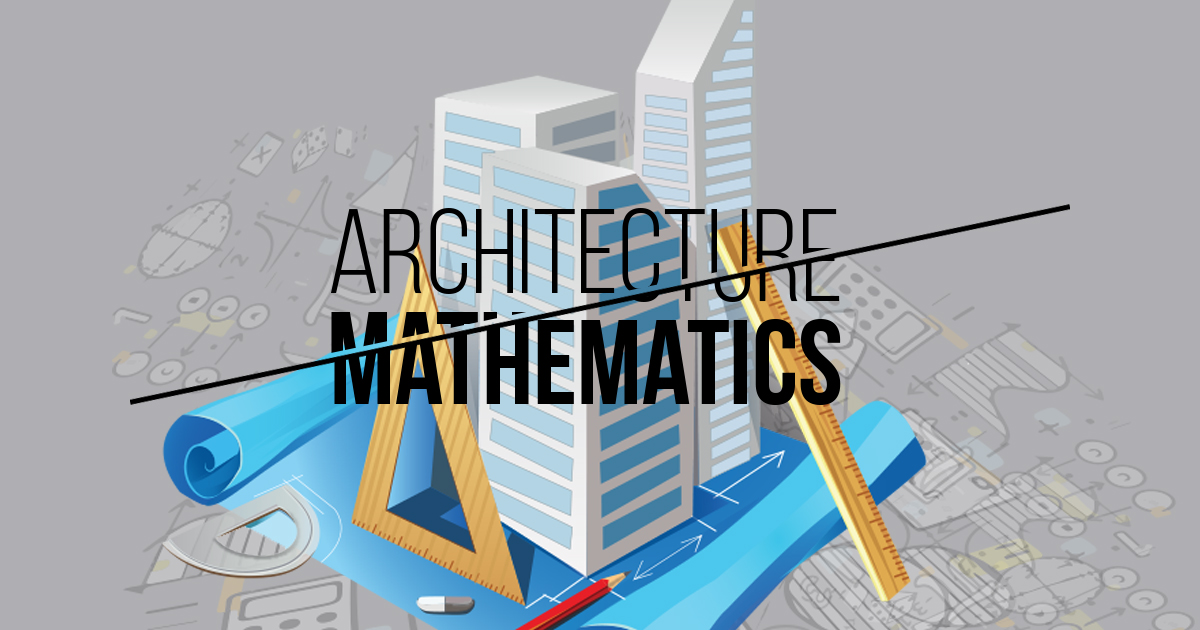Mathematics_Walid Remili_TIC2024
Aperçu des semaines
-

The evolution of mathematics education has led to a redefinition of its role, particularly in the realm of geometry, within the training curriculum for architecture students. This program aims to equip students with essential tools that enable them to conceptualize, represent, and compute the shapes and spaces they envision, thus fostering a deeper understanding and practical application of geometric principles in architectural design.
-

Teacher's name: Walid Remili
University: University Mohamed Boudiaf, M'sila, Algeria.
Institute: Urban Techniques Management.
Department: Department of Architecture.
Target Group: First year of Bachelor Students.
Specialty: Architecture
Subject: Mathematics
Coefficient: 2
Credit: 5
Course and Tutorial class
Volume Horiare: 3 hours per week/ 45 hours per semester.
Thursday: From 9:30 am to 12:30 pm
Email: walid.remili@univ-msila.dz
Response on the forum: Any question related to the course should be posted on the dedicated forum. I ensure that everyone can benefit from my response and I will answer the questions within a 48-hours.
Via email: I commit that I will be responding to questions via email within 48 hours of receiving the message except in unfortunate circumstances. I would like to emphasize that the preferred communication is the forum, and email should be reserved for 'urgent' matters (such as platform access issues).
-
This space facilitates contact between students and the teacher.
-
Forum

-
Chat

-
-

The purpose of this course is to provide students with a comprehensive understanding of fundamental concepts and practical applications within the field. Therefore, the aims of this lesson are to:
- Recall the basic definitions and properties of matrices.
- Solve systems of linear equations using matrix operations.
- Develop skills and understanding of the calculation of integrals in different dimensions.
- Judge the efficiency of different integration techniques in terms of computational complexity and accuracy.
-

To fully comprehend this course, students should have the following prerequisites:
- Students should have an understanding of vector operations, including addition, subtraction, and multiplication.
- The student must be proficient/skills in solving simple linear equations.
- Students should have an understanding of multivariable functions.
- The student must be proficient/skilled in deriving functions.
- To assess these three prerequisites, a test is available below.
-
Test
-

-
Fichier
-
-
The evolution of mathematics education has led to a redefinition of its role, particularly in the realm of geometry, within the training curriculum for architecture students. This program aims to equip students with essential tools that enable them to conceptualize, represent, and compute the shapes and spaces they envision. Therefore, we present integral calculus and matrices as fundamental components of this curriculum.
Matrices stand as pillars in architectural analysis and design, playing a pivotal role in this discipline. This chapter delves into the intricacies of matrices, illustrating how they represent geometric transformations like scaling, rotation, and translation foundational elements in architectural modeling. Additionally, matrices serve as indispensable aids in structural analysis, facilitating comprehension of complex systems such as trusses and beams.
The chapter further explores matrix operations, from addition to multiplication and inversion, underscoring their practical applications in architectural computations. Moreover, it delves into their integration within computer-aided design (CAD) software, enabling architects to craft and manipulate precise architectural drawings efficiently.
Integrals emerge as indispensable tools in architectural engineering, particularly in the analysis of structural forces, material properties, and environmental impacts. This chapter delves into the utility of integrals, commencing with basic integrals for area and volume computations of architectural components like walls, slabs, and columns. Advancing beyond basic integrals, the chapter navigates through double and triple integrals, which are essential in addressing more intricate scenarios. Double integrals are instrumental in evaluating surface areas, while triple integrals prove vital in studying volumetric properties of irregular structures or analyzing fluid flow within architectural spaces.
Furthermore, the chapter illuminates how integral calculus intertwines with sustainability studies, aiding architects in evaluating energy consumption, heat transfer, and environmental ramifications through precise mathematical models. Ultimately, a profound grasp and adept application of integrals are pivotal for architects striving to optimize designs for functionality, aesthetics, and sustainability.
-
Fichier
-
-

-
Fichier
-
-

Bibliographic references
- Lang, S. (1987). Linear algebra. Springer Science & Business Media.
- Wilkinson, J. H., Bauer, F. L., & Reinsch, C. (2013). Linear algebra (Vol. 2). Springer.
- J. T. Schwartz (2012), Introduction to Matrices and Vectors, Dover Books on Mathematics. Dover Publications.
- Prudnikov, A., Y. A. Brychkov, and O. Marichev. (1986), Integral and Series (Vol. 1). Gordon and Breach. New York.
Web sites
https://www.coursera.org/courses?query=matrix&msockid=2c12021c9015693e35ba134091c8688b- https://www.classcentral.com/subject/integral-calculus
-
Euclidean geometry is a branch of mathematics that focuses on the study of geometric shapes and properties in a two-dimensional space. In this section, we will introduce the fundamental tools and primary theorems essential to the study of Euclidean Geometry.
-
Fichier
-
Forum
-
Chat
-
Fichier
-
